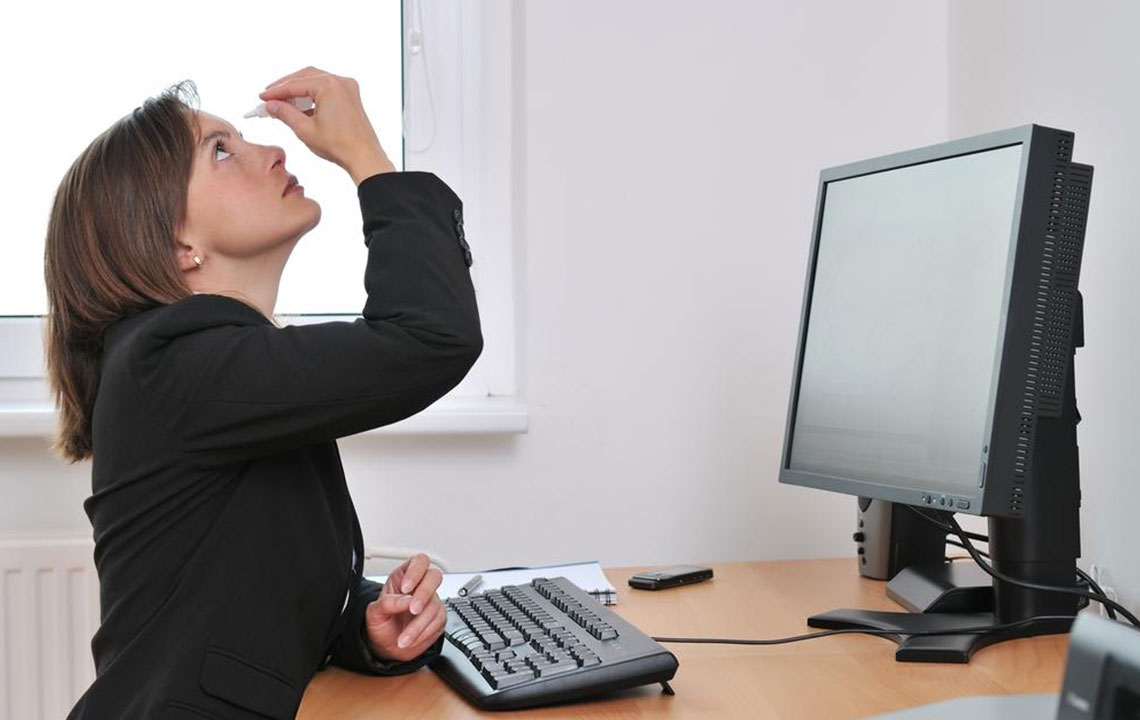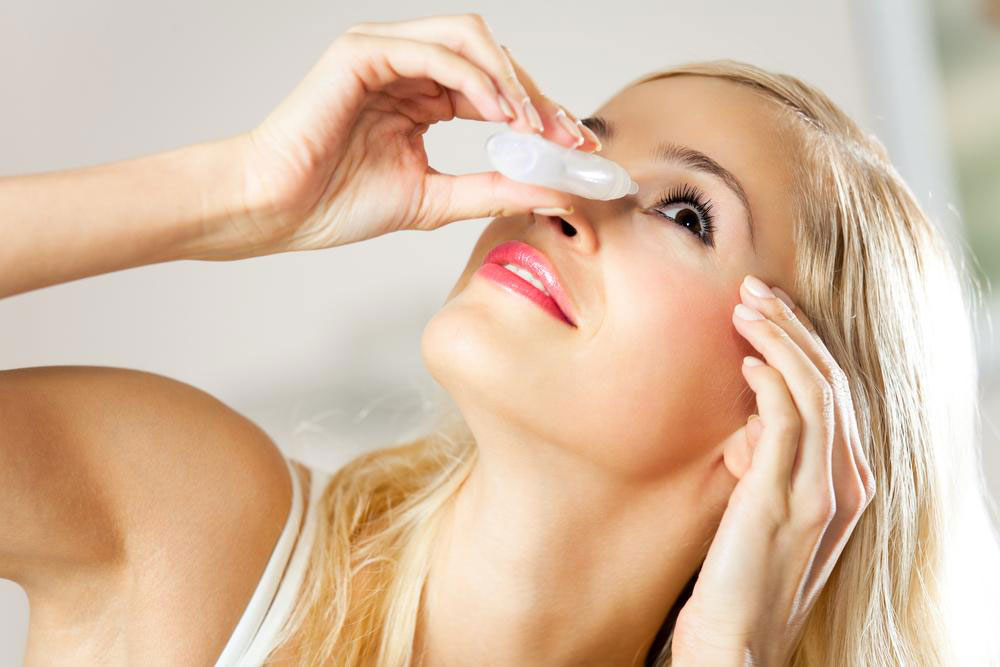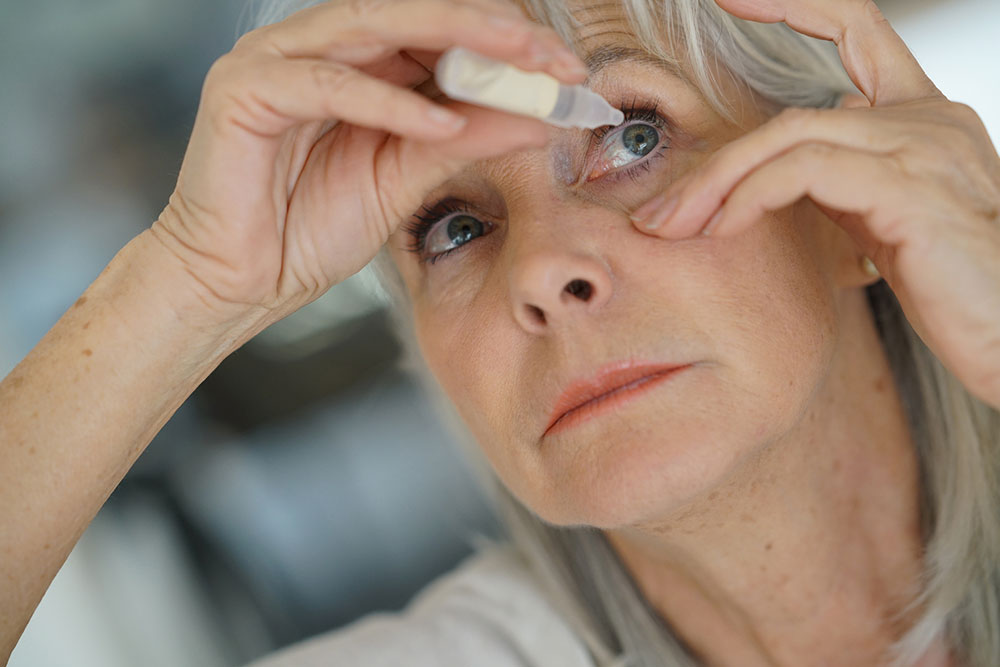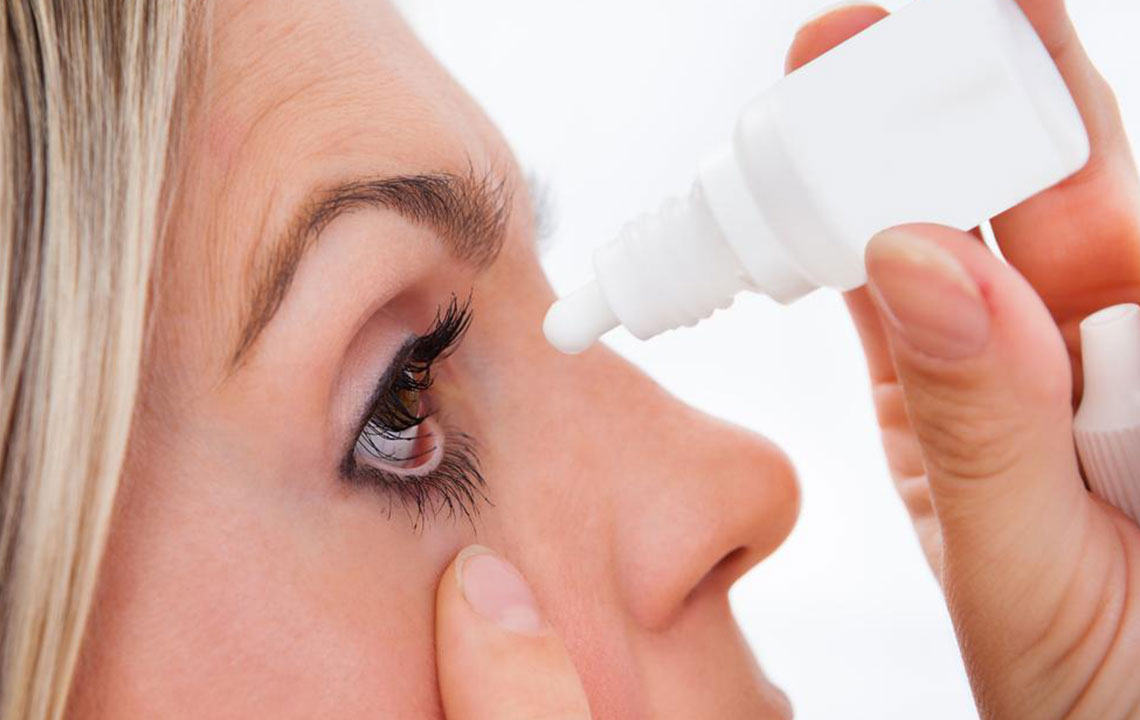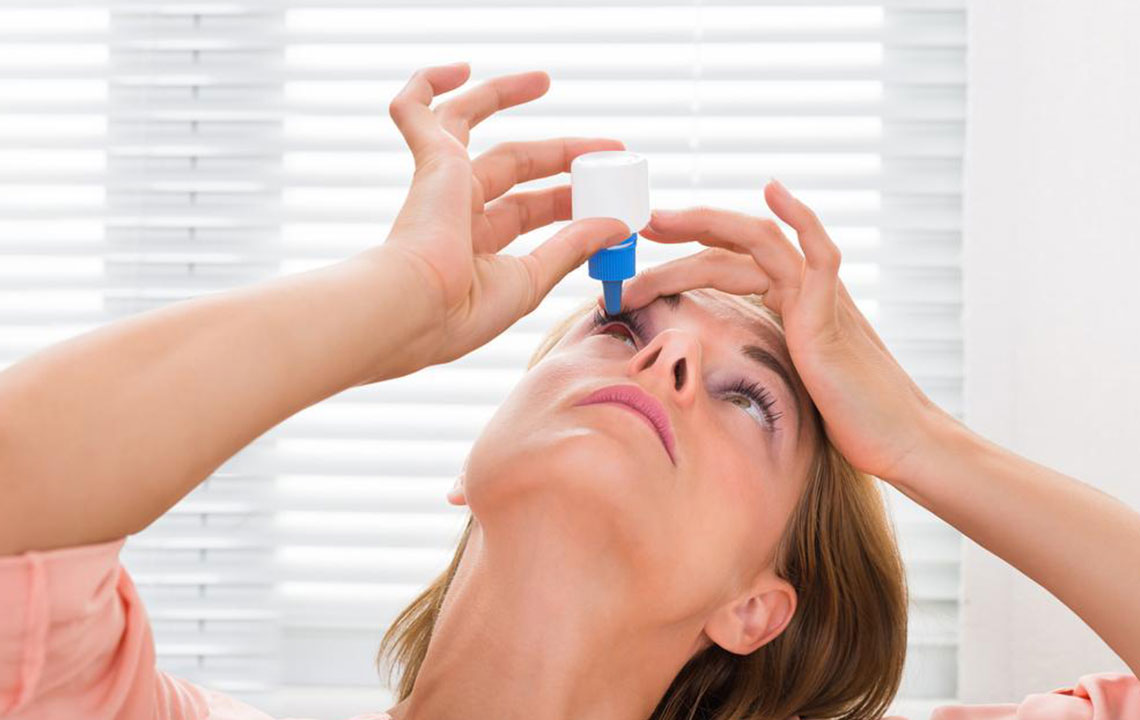Effective Strategies to Eliminate Chalazion Quickly
Discover proven methods to quickly eliminate chalazion, including warm compress therapy, eyelid massage, antibiotics, and surgical options. Learn how to treat this common eyelid issue effectively, prevent complications, and when to seek medical help for persistent or severe cases.
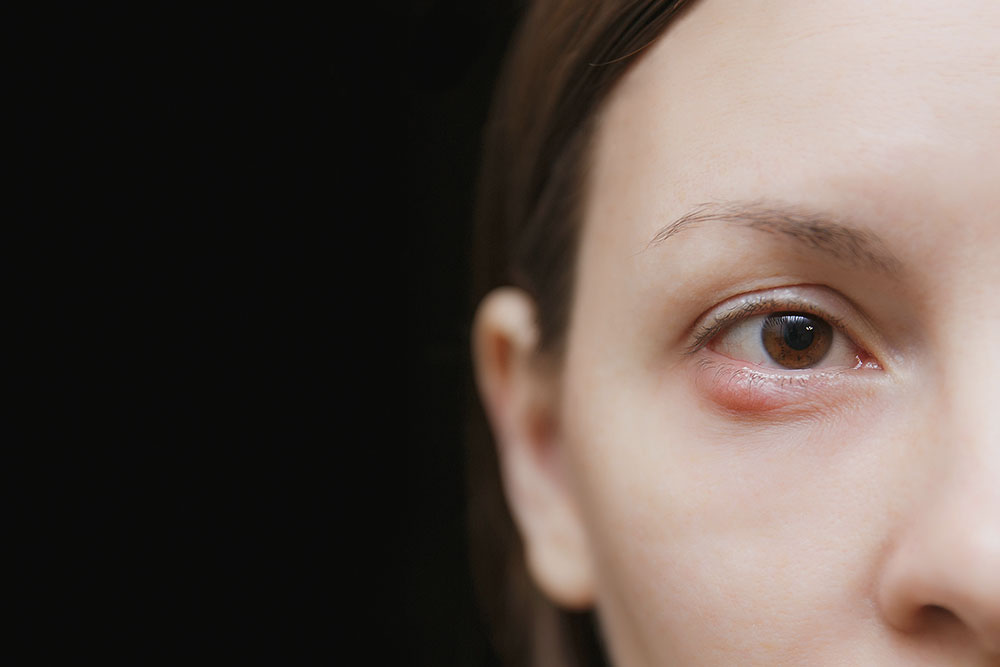
Effective Strategies to Eliminate Chalazion Quickly
A chalazion appears as a small, painless lump on the eyelid caused by blocked oil glands, specifically the meibomian glands. When these glands become obstructed, oil buildup leads to swelling and inflammation, resulting in a chalazion. While not the most serious eye condition, it can be uncomfortable and tend to recur. Many individuals consult ophthalmologists or general practitioners for effective removal options.
Signs and symptoms of a chalazion include:
Obstruction of the glands near the eyelid edge or lash base can cause swelling in either eyelid, leading to visible lumps.
Swelling and distension occur from blocked ducts, which may also become infected on the skin's outer surface. Key symptoms to watch for include:
Noticeable lumps on the upper or lower eyelid, possibly multiple
Periorbital swelling
Pain and sensitivity
Increased warmth, heaviness, and pressure in the affected area
Itching and possible pus discharge
How to effectively eliminate a chalazion?
Here are simple methods to speed up chalazion treatment:
Use warm compresses:
Applying gentle heat directly to the eyelid helps open the blocked gland. It softens the trapped material, making it easier to massage and drain. Use a warm, thick cloth like muslin or flannel for 1-2 minutes, ensuring the towel stays warm by reheating under water. Avoid wrapping a towel around the entire head, as it reduces effectiveness. Regular application encourages drainage and healing.
Gentle massage technique:
Massaging the eyelid towards the gland's opening promotes drainage. For upper lids, massage upward; for lower lids, downward. As pressure is applied, pus or fluid may be expelled, reducing swelling. Over-the-counter pain relievers like acetaminophen can ease discomfort during this process.
Oral antibiotics:
Visit a healthcare provider if redness spreads quickly, or if signs of infection like fever develop. Certain cases involve secondary skin infections, especially in immunocompromised individuals or those with chronic conditions such as diabetes. Antibiotics can assist in controlling infection but should be used alongside heat and massage.
Special considerations for children: Children with eyelid infections require prompt evaluation. Since eyelid septa aren’t fully developed in kids, infections can invade deeper tissues, risking complications like orbital or brain involvement. Early treatment is critical to prevent serious outcomes.
Surgical removal of chalazion:
For persistent, large, or vision-impairing chalazia, surgical excision is an option. The procedure involves local anesthesia, a small incision, and removal of the gland’s contents, usually lasting minutes.
Postoperative swelling or mild discomfort may occur, but most individuals recover within days, resuming normal activities quickly.
In conclusion: Some residual signs such as tiny scars or eyelid notches may remain after healing. If a chalazion enlarges despite treatment, seek medical attention promptly. Non-surgical methods like warm compresses, eyelid massage, and medications are preferred initial approaches, with surgery reserved for resistant cases. Most chalazions resolve effectively with appropriate care.


